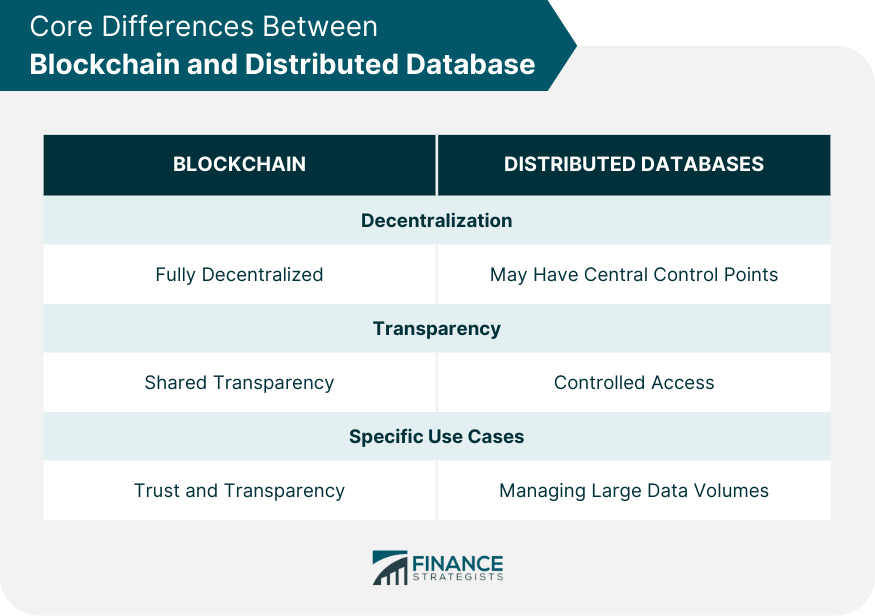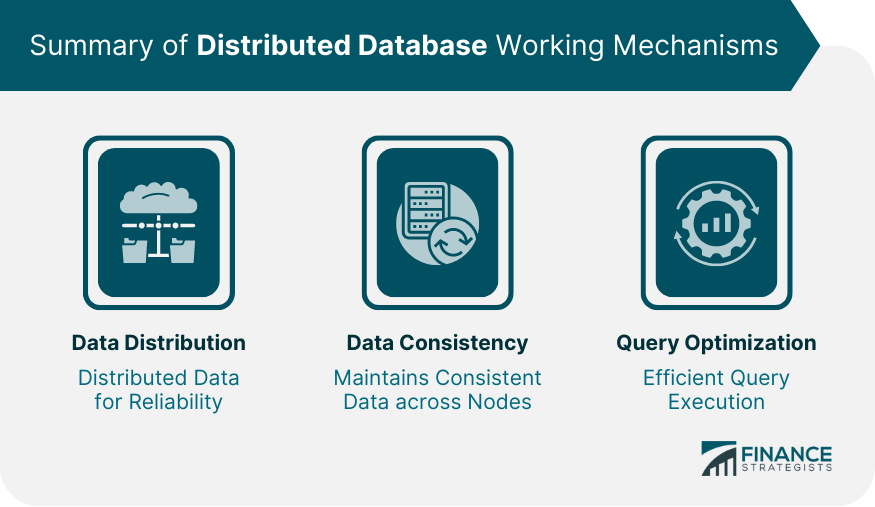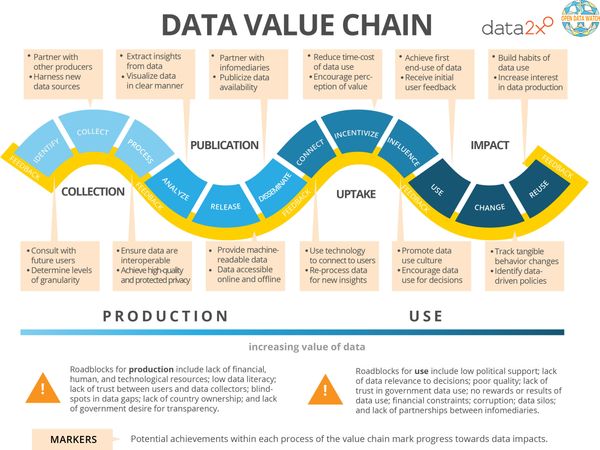Overview
What is database optimization?
Database optimization is the process of improving the performance and efficiency of a database system. It involves various techniques and strategies to enhance the speed, reliability, and scalability of the database. SQL Server performance is a crucial aspect of database optimization. By optimizing the SQL Server, organizations can ensure faster query execution, reduced response time, and improved overall performance of their database system. With the right optimization techniques, SQL Server can handle large volumes of data efficiently, resulting in better application performance and user experience.
Importance of database optimization
Database optimization is crucial for the efficient performance of any system that relies on a database. It plays a vital role in improving the overall speed and responsiveness of applications, minimizing downtime, and reducing resource consumption. By optimizing the database, businesses can ensure that their systems can handle a large volume of data and transactions without experiencing performance issues. Additionally, database optimization enhances data integrity and security, ensuring that sensitive information is stored and accessed in a secure manner. It also helps in reducing costs by optimizing the utilization of hardware resources. Overall, database optimization is essential for maintaining a high-performing and reliable system.
Common challenges in database optimization
Database optimization is a complex process that involves improving the performance and efficiency of a database system. It is essential for ensuring that the database can handle large amounts of data and perform queries quickly. However, there are several common challenges that organizations face when it comes to database optimization. One of the main challenges is managing and optimizing indexes. Indexes are used to speed up data retrieval by creating a separate data structure that allows for faster searching. However, if indexes are not properly managed, they can become bloated and slow down the performance of the database. Another challenge is query optimization. Writing efficient queries is crucial for database performance. Poorly written queries can lead to slow response times and increased server load. Additionally, database administrators often struggle with balancing the need for data integrity and performance. Ensuring data integrity requires strict constraints and validations, but these can impact the performance of the database. Finding the right balance between data integrity and performance is a constant challenge. Overall, database optimization requires careful planning, monitoring, and continuous improvement to overcome these common challenges and ensure optimal performance.
Understanding Database Performance

Factors affecting database performance
Database performance can be influenced by several factors. One of the most crucial factors is the implementation of best practices. By following these best practices, organizations can optimize their databases and improve performance. Best practices include proper indexing, efficient query design, and regular maintenance tasks such as database backups and updates. Implementing these practices ensures that the database operates at its optimal level, resulting in faster query execution and improved overall performance.
Measuring database performance
Measuring database performance is crucial for identifying bottlenecks and optimizing the overall efficiency of a database system. By evaluating various metrics such as response time, throughput, and resource utilization, we can gain insights into the performance of different types of databases. Types of databases include relational databases, NoSQL databases, and graph databases. Relational databases are based on the relational model and use structured query language (SQL) for data manipulation. NoSQL databases, on the other hand, provide a flexible schema and are suitable for handling large volumes of unstructured data. Graph databases excel at managing complex relationships between data entities. Understanding the strengths and weaknesses of these different types of databases is essential for making informed decisions when it comes to database optimization. By leveraging the right database technology and fine-tuning its performance, organizations can ensure efficient data storage and retrieval, leading to improved application performance and user experience.
Identifying performance bottlenecks
Identifying performance bottlenecks is a crucial step in database optimization. By pinpointing the areas where the database is experiencing slowdowns or inefficiencies, developers can make targeted improvements to enhance overall performance. One common performance bottleneck in databases is slow SQL queries. These queries can significantly impact the speed at which data is retrieved and processed. To address this issue, developers can analyze the SQL queries and identify opportunities for optimization. By optimizing the queries, such as using appropriate indexes or rewriting complex queries, developers can improve the execution time and overall efficiency of the database. SQL optimization techniques can include query tuning, indexing strategies, and database schema design. By focusing on identifying and optimizing performance bottlenecks, developers can ensure that their databases operate at peak efficiency and deliver optimal performance for users.
Optimizing Database Design

Normalization and denormalization
Normalization and denormalization are two key concepts in database optimization. Normalization is the process of organizing data in a database to eliminate redundancy and improve data integrity. It involves breaking down a database into smaller, more manageable tables and establishing relationships between them. Denormalization, on the other hand, is the process of combining tables to improve performance by reducing the number of joins required to retrieve data. While normalization ensures data consistency and reduces data redundancy, denormalization aims to enhance query performance. Both normalization and denormalization play important roles in database optimization, and understanding when to use each technique is crucial for effective database design.
Indexing strategies
Database optimization is a crucial aspect of improving the performance and efficiency of a database system. One of the key strategies in database optimization is indexing. Indexing plays a vital role in speeding up data retrieval operations by creating data structures that allow for faster searching and sorting. There are various indexing strategies that can be employed depending on the specific requirements of the database and the types of queries being executed. These strategies include B-tree indexing, hash indexing, and bitmap indexing. Each strategy has its advantages and disadvantages, and the choice of indexing strategy should be based on factors such as the size of the database, the complexity of the queries, and the frequency of data updates. By carefully selecting and implementing the appropriate indexing strategy, database administrators can significantly optimize the performance of their databases and improve overall system efficiency.
Choosing the right data types
When it comes to choosing the right data types for your database, there are several factors to consider. One important factor is the specific requirements of your application. You need to determine what types of data will be stored in the database and how they will be used. For example, if you are working with financial data that requires precise calculations, you may want to use numeric data types that can handle decimal places accurately. On the other hand, if you are storing large amounts of text data, you may opt for character data types that can accommodate long strings. Another factor to consider is the performance of your database. Certain data types can have a significant impact on the speed and efficiency of your queries. For instance, using the appropriate indexing techniques can greatly enhance the performance of your database. It is also important to consider the scalability and future growth of your application. Choosing data types that can easily accommodate future changes can save you time and effort in the long run. Overall, choosing the right data types is crucial for optimizing your database’s performance and ensuring its compatibility with your application’s requirements.
Query Optimization

Understanding query execution plans
Understanding query execution plans is crucial for optimizing database performance. Query execution plans provide insights into how a database management system executes a query and helps identify areas for improvement. By analyzing the execution plan, developers can identify bottlenecks, optimize query performance, and improve overall database efficiency. It is important to understand the different components of a query execution plan, such as the join operations, filtering conditions, and index usage. By understanding these components, developers can make informed decisions to optimize the query execution process. Query execution plans are a valuable tool in database optimization and should be thoroughly understood by developers.
Optimizing SQL queries
Optimizing SQL queries is a crucial step in achieving efficient database performance. By fine-tuning the queries, developers can significantly improve the response time and overall system performance. One important aspect of query optimization is ensuring fault tolerance. Fault tolerance refers to the system’s ability to continue functioning properly even when certain components or processes fail. It is essential to design SQL queries in a way that can handle unexpected errors or failures gracefully. By incorporating fault tolerance measures, such as error handling and backup mechanisms, developers can ensure the reliability and stability of the database system.
Using indexes effectively
Using indexes effectively is crucial for optimizing database performance. Indexes are data structures that improve the speed of data retrieval operations by allowing the database engine to quickly locate the desired data. In a data warehouse environment, where large amounts of data are stored and queried, effective index usage becomes even more important. A data warehouse DBA must carefully analyze the query patterns and data access patterns to determine which columns should be indexed. By strategically choosing and properly maintaining indexes, a data warehouse DBA can significantly improve query performance and overall database efficiency.
Performance Tuning Techniques

Caching and buffering
Caching and buffering are essential techniques in database optimization. They help improve the performance and efficiency of database operations. Caching involves storing frequently accessed data in memory, which reduces the need to fetch data from disk. This results in faster response times and reduced latency. Buffering, on the other hand, involves temporarily storing data in a buffer before writing it to disk. This can help reduce the number of disk writes and optimize disk I/O operations. Both caching and buffering play a crucial role in minimizing database access time and maximizing overall system performance.
Optimizing disk I/O
Optimizing disk I/O is a crucial aspect of database optimization. By minimizing the amount of disk I/O operations, the performance of the database can be significantly improved. One effective technique for optimizing disk I/O is through the use of extended events. Extended events provide a powerful tool for capturing and analyzing events that occur within the database. By monitoring disk I/O events using extended events, database administrators can identify potential bottlenecks and optimize disk I/O performance. This can lead to faster query execution times and improved overall database performance.
Memory management
Memory management is a crucial aspect of database optimization. It involves efficiently allocating and deallocating memory resources to ensure optimal performance. In 2021, with the increasing amount of data being processed by databases, effective memory management has become even more important. To optimize memory usage, database administrators need to implement strategies such as caching frequently accessed data, optimizing queries to minimize memory consumption, and regularly monitoring memory usage to identify potential bottlenecks. By implementing these memory management techniques, database systems can enhance their overall performance and responsiveness.
Conclusion

Summary of key points
Database optimization is a crucial aspect of maintaining the performance and efficiency of a database. It involves various techniques and strategies to improve the speed and responsiveness of database operations. The key points to remember in database optimization are: analyzing query performance, indexing appropriately, minimizing data redundancy, optimizing data types, and regularly monitoring and tuning the database. By following these key points, developers can ensure that their databases are running smoothly and efficiently, resulting in better overall application performance.
Importance of ongoing optimization
Database optimization is crucial for the efficient performance of enterprise databases. It ensures that the database operates at its optimal level, providing fast and accurate data retrieval. Ongoing optimization is especially important as it allows for continuous improvement and adaptation to changing business needs. By regularly monitoring and fine-tuning the database, organizations can enhance query performance, minimize downtime, and improve overall system efficiency. Implementing best practices and staying up-to-date with the latest optimization techniques can result in significant cost savings and improved user experience. Therefore, ongoing optimization should be a top priority for businesses relying on enterprise databases.
Resources for further learning
Database optimization is a crucial aspect of managing large amounts of data efficiently. It involves various techniques and strategies to improve the performance and efficiency of a database system. Resources for further learning on database optimization are abundant and can provide valuable insights and knowledge. One important aspect to consider is storage optimization. By optimizing the way data is stored in a database, organizations can reduce storage costs and improve query performance. There are several techniques available for storage optimization, such as data compression, partitioning, and indexing. These techniques can help in minimizing storage space requirements and maximizing query execution speed. To delve deeper into storage optimization techniques, it is recommended to explore resources that provide detailed explanations and practical examples. By gaining a solid understanding of storage optimization, organizations can enhance the overall performance and efficiency of their database systems.







